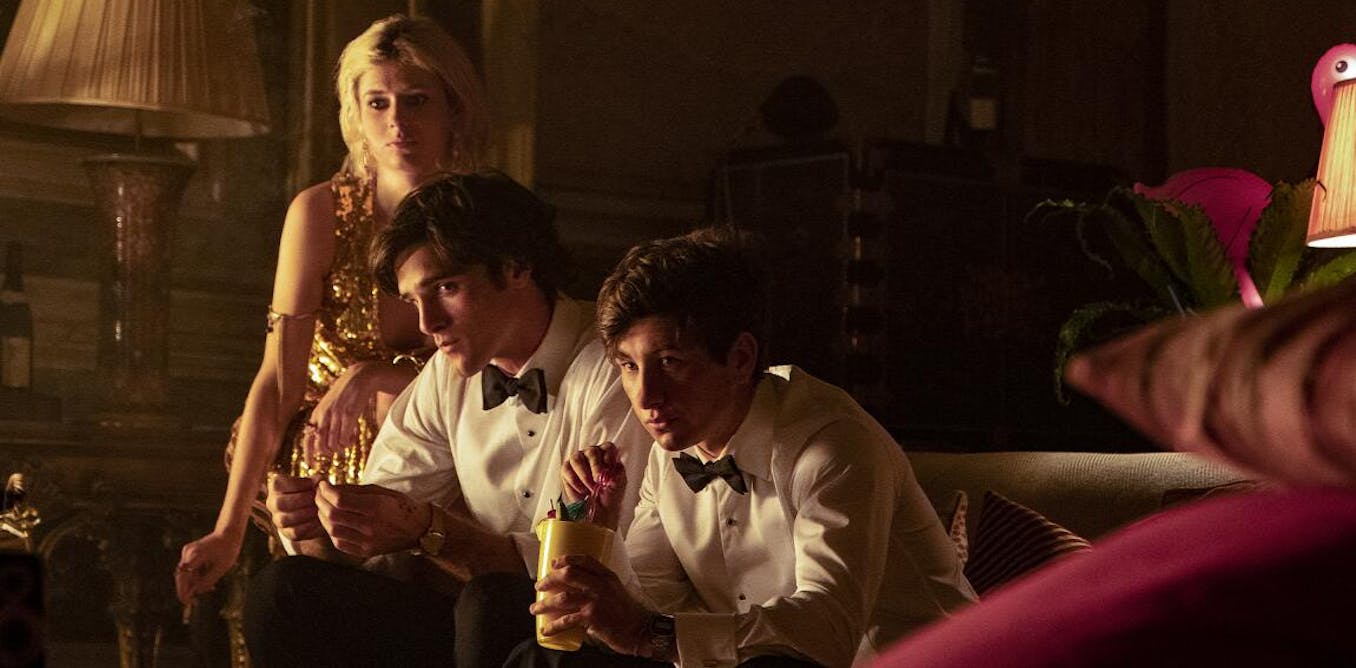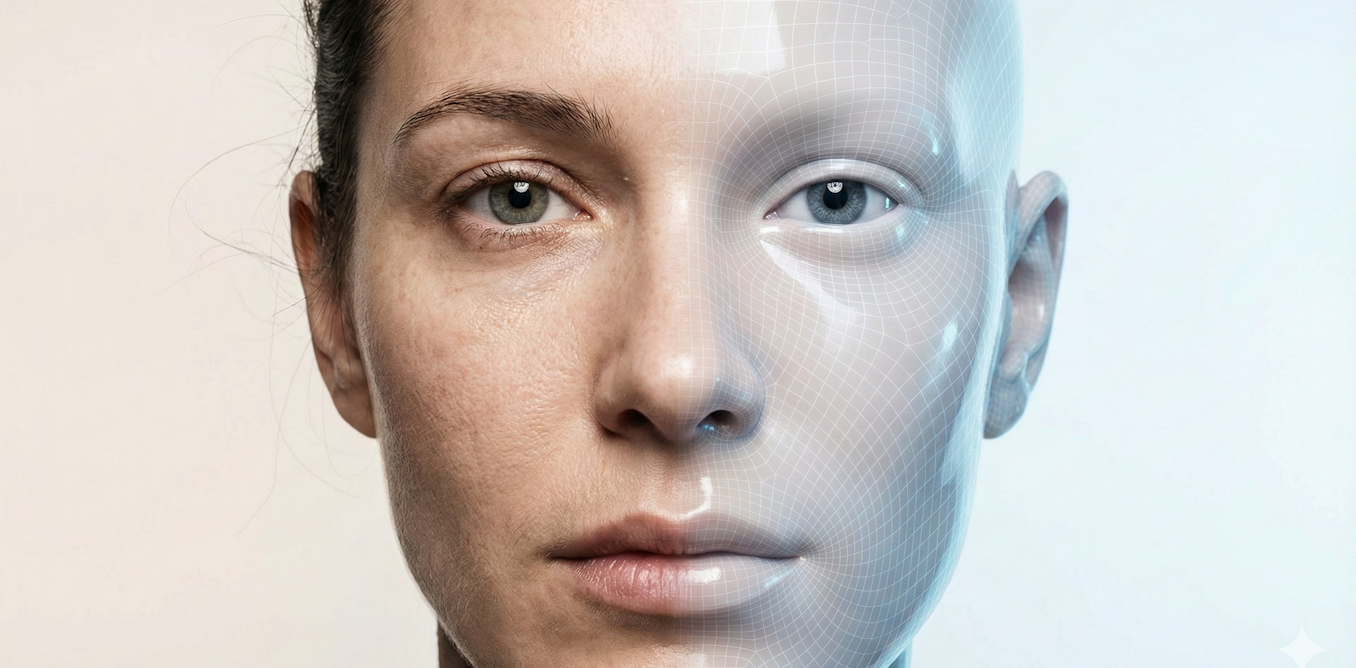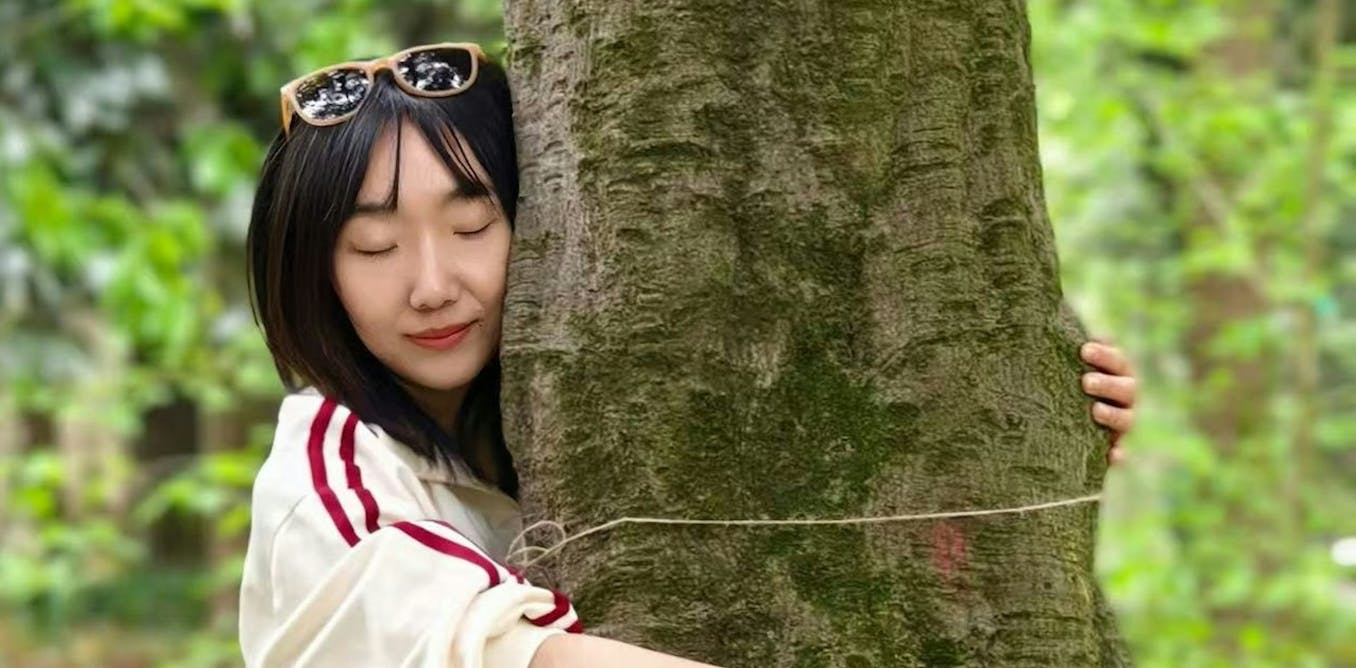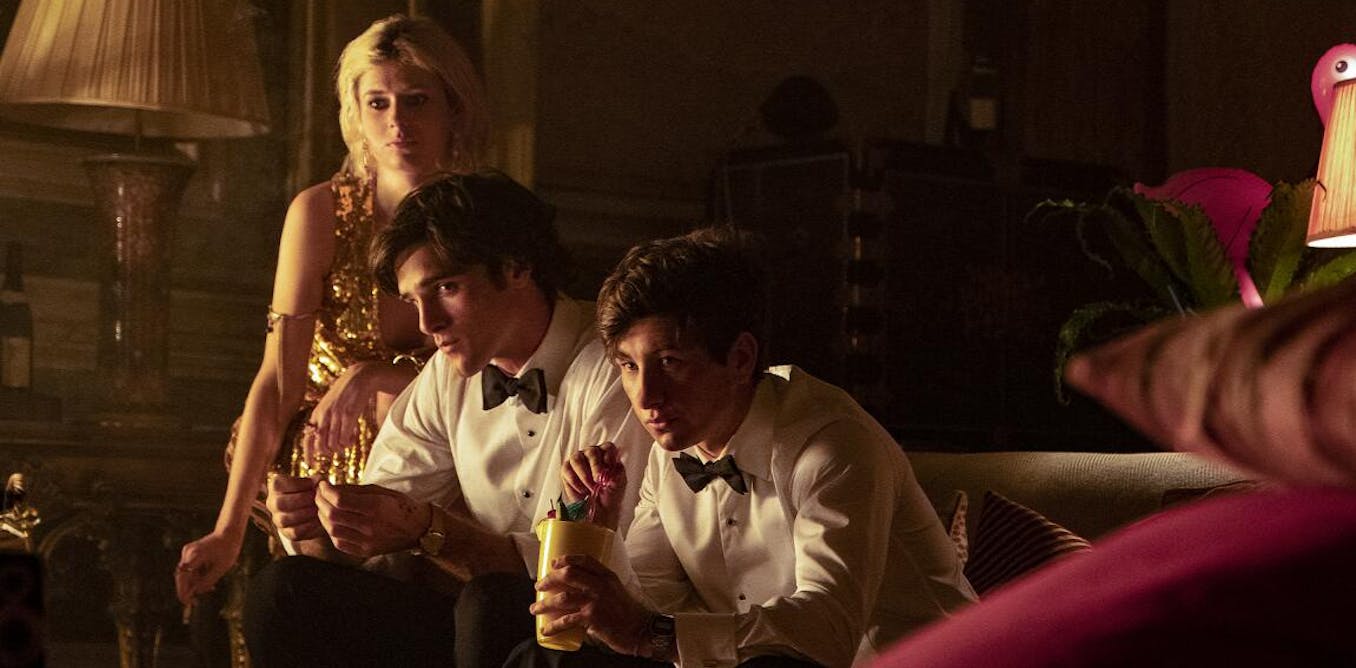More films and TV shows featuring queer characters are being made than ever before. But while there has been great progress in depictions of gay, trans and gender-nonconforming characters, the B in LGBTQ+ – bisexuality – has struggled to make progress, notably in film.
Filmmakers often assume that audiences need to see the romantic and sexual relationships between characters to recognise and categorise their sexualities. A character may do this explicitly by engaging in a romantic relationship onscreen, or there may be coding – dress, performance, or use of symbols and props to imply their sexuality.
In recent years, TV shows have started to explicitly state a character’s sexuality, either in dialogue or through a coming out scene. Brooklyn 99 and Heartstopper are two of the best-known examples. But bisexual characters rarely have such scenes in film.
Instead, bisexuality is implied in film through partner choice. A character must have a history of dating one gender and then switch – and if this is made clear visually, so much the better. Velvet Goldmine (1998) and Disobedience (2017) both feature characters that follow this pattern.
Bisexual characters, it seems, have to be seen actively dating both genders for them to be identified as bisexual. And even this doesn’t guarantee it is understood in such a way – sometimes a character’s bisexuality is seen as a temporary identity, a stop on the journey towards “true” homosexuality, or a mere “blip”. In The Kids Are Alright (2010), for example, Jules (Julianne Moore), who is married to a woman, sleeps with a man but still defines herself as a lesbian.
This mirrors biphobic ideas in society, where bisexuality isn’t seen as a “real” sexuality in itself, but as a stepping stone to either hetero or homosexuality.
The 2021 Ipsos global survey offered options for sexuality including “mostly attracted to same/opposite sex” and “equally attracted to both sexes”, as well as “only attracted to same/opposite sex”. “Mostly” and “equally can both be categorised as bisexual sexualities, which shows how defining the sexuality can be complicated.
The problems with this representation
Films that refuse to categorise a character as bisexual without first “proving” their sexuality reinforce the idea that it is a sexuality that needs to be “proven” in the real world.
Even when it is proven, bisexuality is often linked to more negative characteristics in film. Historically, the bisexual character has been aligned with criminality – think Basic Instinct (1992) as perhaps the epitome of the criminal bisexual. Catherine Trammell (Sharon Stone) is being investigated for murder and is shown moving between different gendered partners and taking drugs.
Bisexuality is frequently presented as both “excessive” and “transgressive”. The recent film Saltburn (2023) continues this trend.
Oliver (Barry Keoghan) moves through the film with his sexuality undefined, but has sexual encounters with both male and female characters. Though there is no fuss made about the gender of his sexual partners nor a demand that he must define himself, Oliver’s murderous intent potentially links his sexuality with an idea of him as transgressive more broadly.
This film could be interpreted in a number of ways. Perhaps aligning bisexuality with murderous intent and/or psychopathy returns us to the time of Basic Instict, where sexual “deviance” is paired with other deviance. Or perhaps the film’s satirical edge allow us to think about how bisexuality is often used as a shorthand for derogatory characteristics.
Television manages to create more nuanced bisexual characters of both genders, who discuss their bisexuality and are not also defined as criminal or excessive – see Nick in Heartstopper, Callie Torres in Grey’s Anatomy, and Adam Groff in Sex Education. In film, though, bisexual characters are still failing to be given a voice, and are still aligned with excess.
To bridge this gap, filmmakers need to create bisexual characters who are more than a stand-in for personality traits, and who can speak about their identity without having to rely on it being “proved” throughout the film.
Looking for something good? Cut through the noise with a carefully curated selection of the latest releases, live events and exhibitions, straight to your inbox every fortnight, on Fridays. Sign up here.

The post “Bisexuality is better depicted in TV than film – where it’s still linked to ‘transgression’” by Christina Wilkins, Lecturer in Film and Creative Writing, University of Birmingham was published on 02/20/2024 by theconversation.com




































